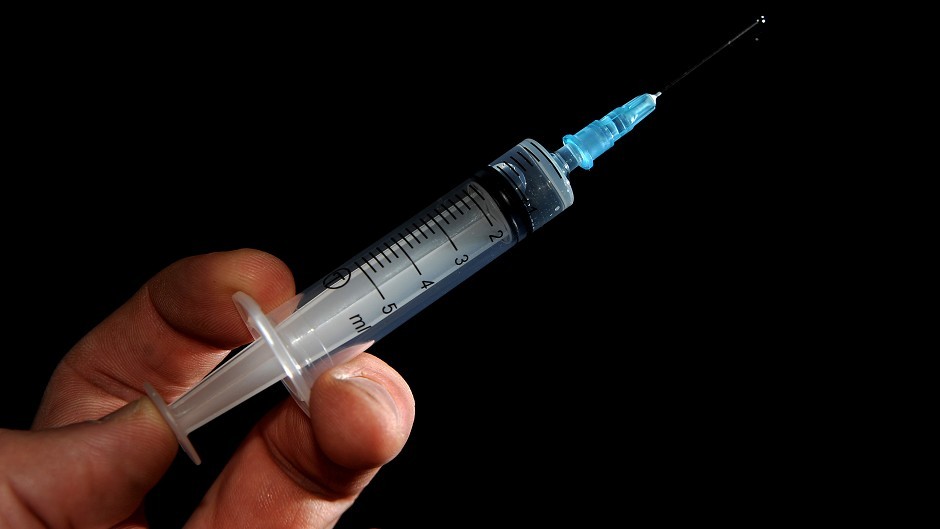Shock new figures have revealed the number of drugs-related deaths in Aberdeen this year could outstrip the combined total for 2013 and 2014.
Members of the Aberdeen City Alcohol and Drugs Partnership (ADP) heard yesterday that there were 16 deaths related to illegal drugs between January-April this year.
If the trend was to continue, there would be 48 drugs deaths in 2015 – compared with 24 in 2013 and 29 in 2014.
Christopher Littlejohn, consultant in public health medicine at NHS Grampian, said no particular reason for the spike had been identified and that he hoped it would be a “statistical blip”.
He said: “What we know is that people who are dying from drugs are getting older and that in most cases multiple substances are involved.
“In 2013 there were 24 drugs-related deaths, this is a standard number which works out at about two a month.
“We have seen 16 deaths from January to April this year. We can’t find any patterns as to why this has risen but if the trend continued there would be 48 drugs deaths in the city this year.”
A report presented to members of the ADP, made up of local authority members, police, NHS staff and other associated bodies, was an analysis of drugs deaths throughout Scotland.
It showed that more then three-quarters of those who died were male and that the age of people dying was rising, with the mean age increased from 34.4 in 2009 to 39.1 in 2013.
Over a third of those who died were a parent or parental figure.
In almost all cases – 97% – there was more than one drug present in the body at death and in 68% of cases more than one drug was implicated in death.
Deputy leader of the city council, Marie Boulton, said the rise was “concerning”.
She added: “Along with our NHS partners, we are looking into this to try and analyse the reasons behind why there has been such an increase.
“It is obviously concerning, and we will continue to monitor the situation to see if this is a pattern or if it has just been some kind of statistical anomaly.”
